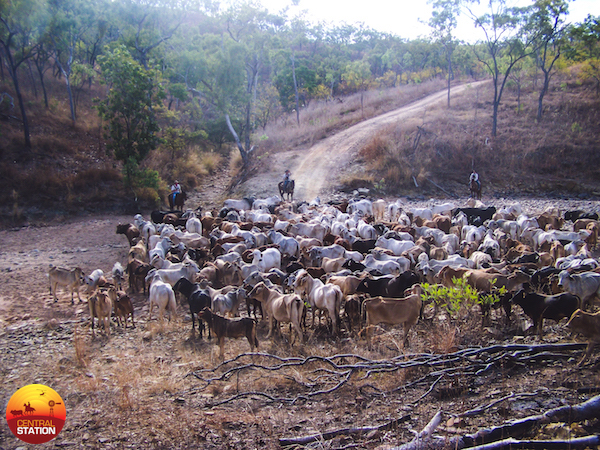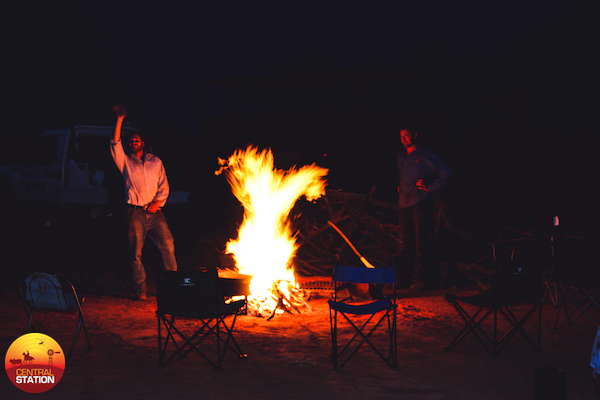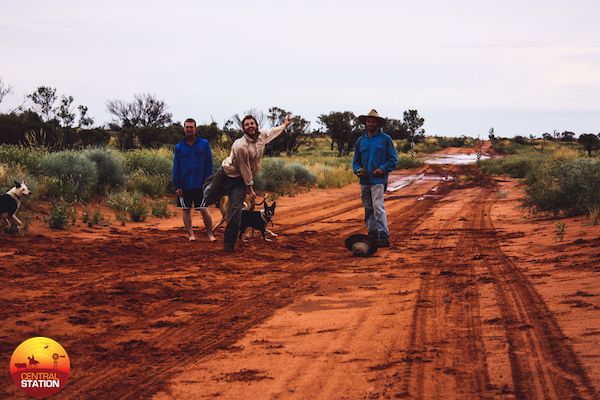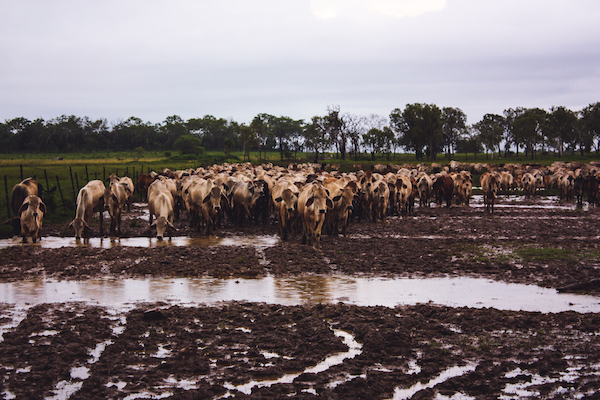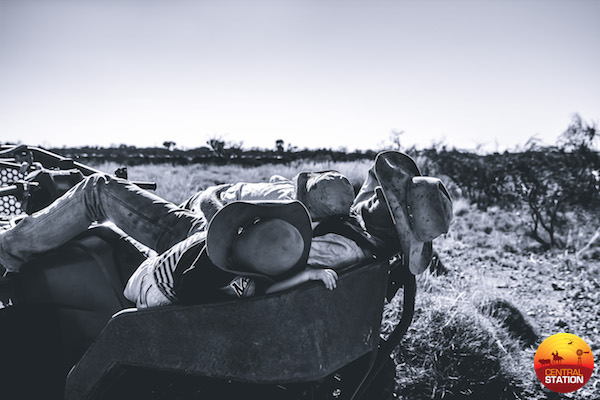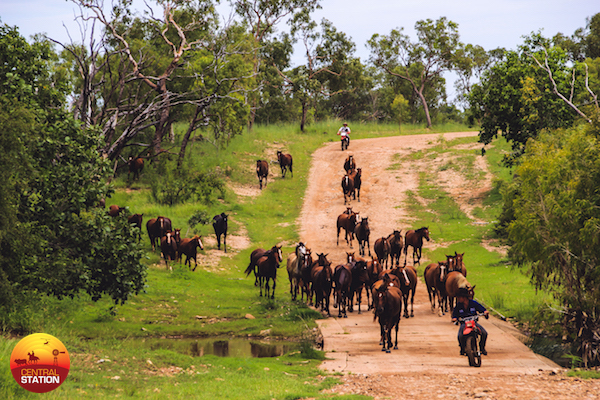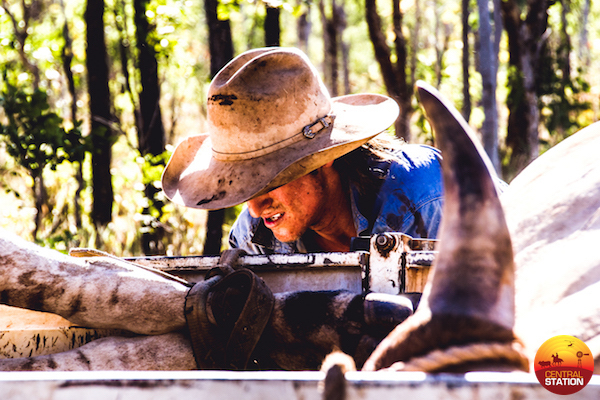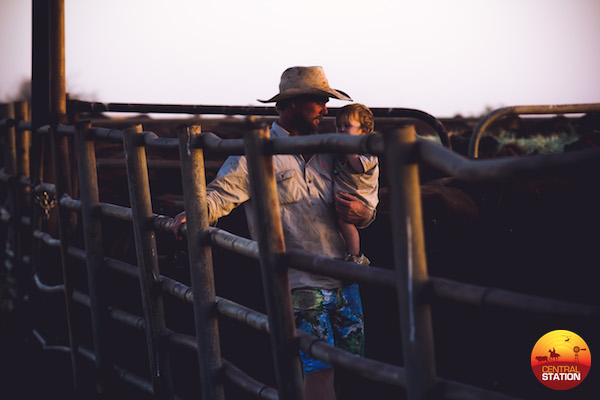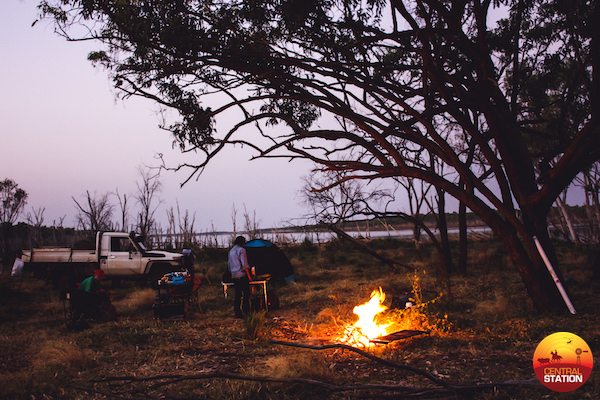A day in the life: The people we’ve met and places we’ve been – Part 2
Host: NKL Contracting
Written by Kayde Jayne Lehman – Owner, NKL Contracting.
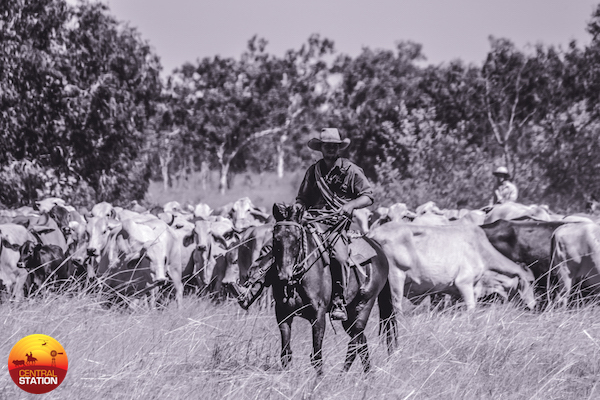 Mustering the river on Legune Station in N.T always pulled out a few cleanskins. This particular muster was about a 12km walk back to the panel yards we had set up the day before where they would be drafted, processed and steadied out.
Mustering the river on Legune Station in N.T always pulled out a few cleanskins. This particular muster was about a 12km walk back to the panel yards we had set up the day before where they would be drafted, processed and steadied out.
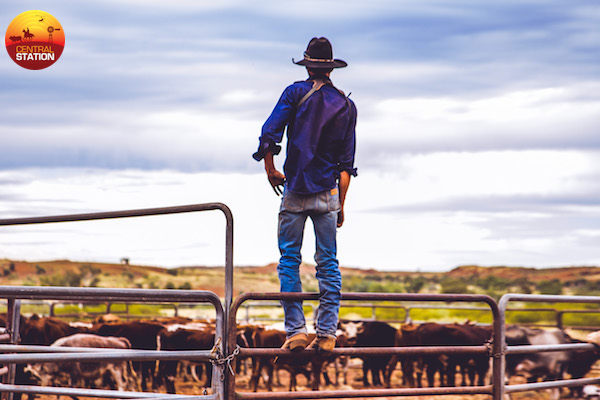 After walking the same mob of cattle all day you quickly learn to keep your eye out on the cheeky ones that keep trying to escape. Brett doing a quick scan of the yard to make sure all the cleanskins had been yarded. Noreena Downs Station, Pilbara.
After walking the same mob of cattle all day you quickly learn to keep your eye out on the cheeky ones that keep trying to escape. Brett doing a quick scan of the yard to make sure all the cleanskins had been yarded. Noreena Downs Station, Pilbara.
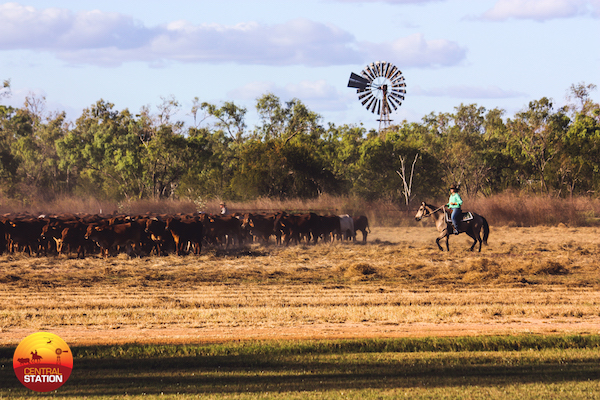 Vanrook Station’s helicopter pilot Erin swapping her chopper for the saddle to walk out a mob of heifers to their paddock. In 2007 after working in contract camps, droving, and running a station crew, Erin landed her chopper licence and after a stint in N.T she started flying at Vanrook.
Vanrook Station’s helicopter pilot Erin swapping her chopper for the saddle to walk out a mob of heifers to their paddock. In 2007 after working in contract camps, droving, and running a station crew, Erin landed her chopper licence and after a stint in N.T she started flying at Vanrook.
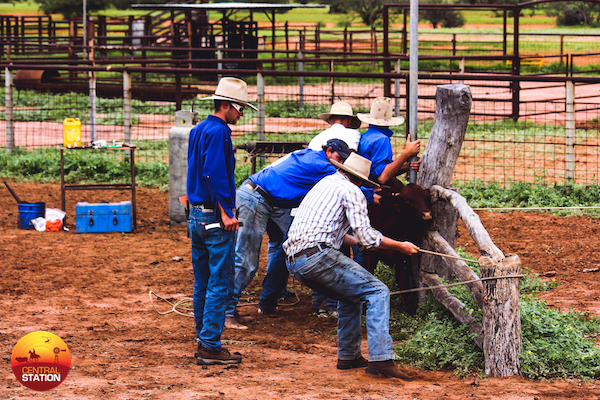 Unlike a lot of properties in the Channel Country we usually branded calves in a cradle. Bronco branding was left to the days we had plenty of time of our hands and small numbers. Naryilco Station, South West Queensland.
Unlike a lot of properties in the Channel Country we usually branded calves in a cradle. Bronco branding was left to the days we had plenty of time of our hands and small numbers. Naryilco Station, South West Queensland.
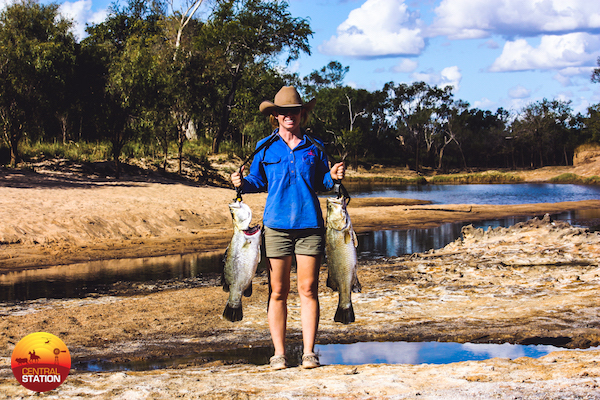 Time well wasted on Vanrook Creek. Usually one to give up when the fish aren’t biting, I couldn’t go home until I had outdone the rest of the crew’s catches with these beauties.
Time well wasted on Vanrook Creek. Usually one to give up when the fish aren’t biting, I couldn’t go home until I had outdone the rest of the crew’s catches with these beauties.
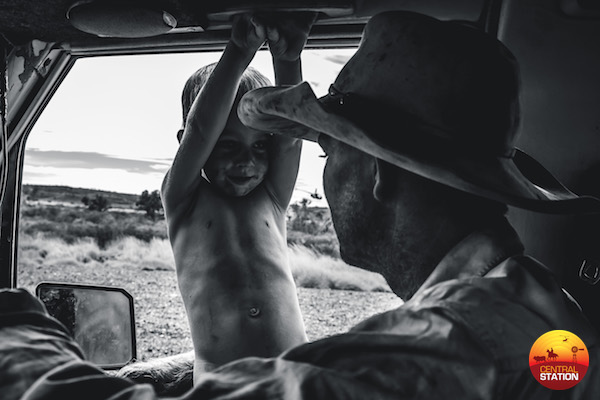 No shoes, no shirt, no problem. In the catcher with dad waiting for the chopper to push out a cheeky bull only a few kilometres from the yards. Noreena Downs Station, Pilbara.
No shoes, no shirt, no problem. In the catcher with dad waiting for the chopper to push out a cheeky bull only a few kilometres from the yards. Noreena Downs Station, Pilbara.
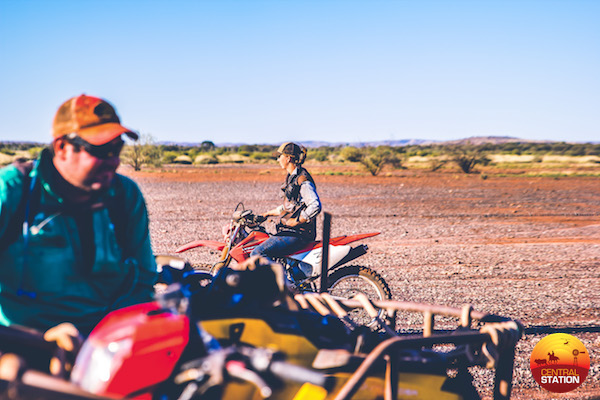 Some days there are too many miles to walk and not enough hours. One of our right hand girls Claire overseeing the cattle are settled properly before leaving them in the overnight holding paddock. Noreena Downs Station, Pilbara.
Some days there are too many miles to walk and not enough hours. One of our right hand girls Claire overseeing the cattle are settled properly before leaving them in the overnight holding paddock. Noreena Downs Station, Pilbara.
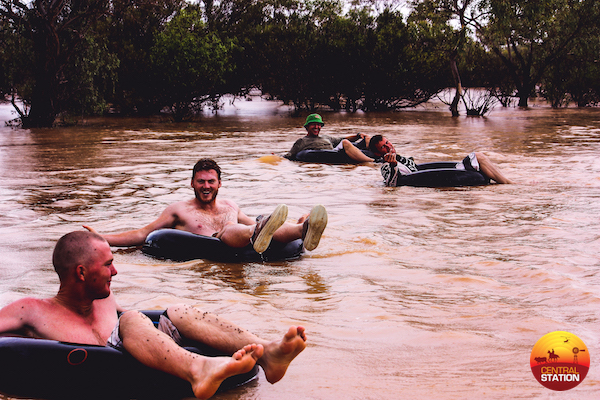 Making the most of the floods in the channel country. That year Naryilco Station had received record rain with February copping more than twice their annual rainfall.
Making the most of the floods in the channel country. That year Naryilco Station had received record rain with February copping more than twice their annual rainfall.
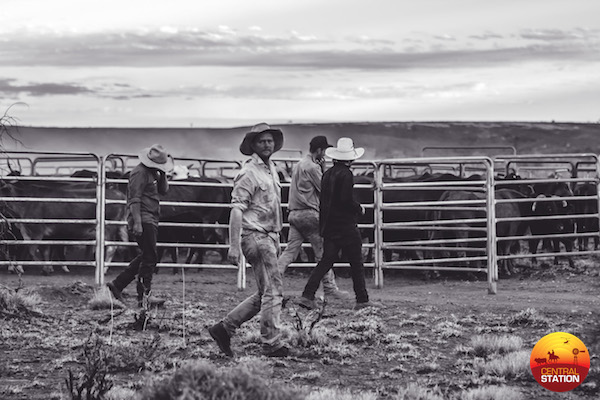 After a full days mustering into a set of panel yards on Noreena Downs Station, Nat and the crew hook up a water trough and check to make sure the panels are pinned properly so the cattle won’t push through them overnight.
After a full days mustering into a set of panel yards on Noreena Downs Station, Nat and the crew hook up a water trough and check to make sure the panels are pinned properly so the cattle won’t push through them overnight.
